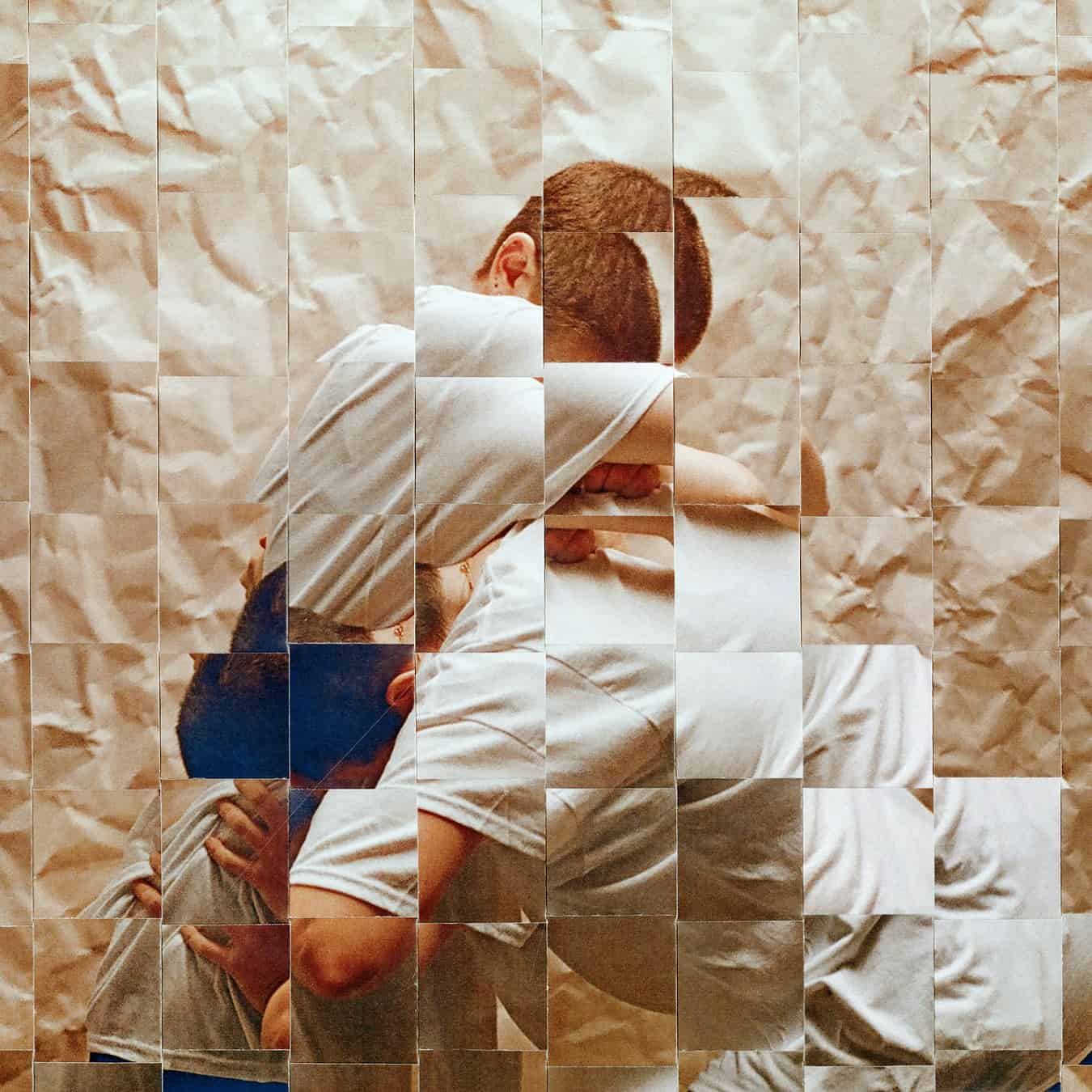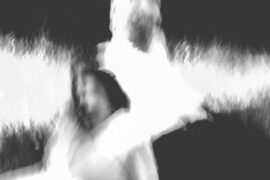Approaching his sixth decade on the world stage, Bruce Springsteen finds himself perpetually at odds with his low-key hometown life and force-of-nature stage persona.
text and illustrations by guest writer Aidan Moyer
In the midst of the Born to Run tour in summer 1975, Bruce Springsteen had the rare distinction of a simultaneous cover feature in both Time and Newsweek.
He’d spent the last year crafting a tapestry of a dramatized summer evening strewn across the shoretown of his early twenties, casting himself as a faux James Dean in the great Garden State B-movie that never was. The E Street Band had been worn down to the nub, meticulously recording and re-recording multitracks that were stripped bare and jigsawed in New York’s Record Plant. The title track alone took six months, by which time nearly the entire rhythm section had quit and been replaced. Nearing the finish line, producer Jon Landau played the stereo mix for final approval.
Bruce took the record off the turntable and chucked it into the pool, and plaintively said:
“I might just scrap the whole thing. How about that?”
This was and always has been the dichotomy of Bruce Springsteen. The man Rolling Stone declared “the future of rock and roll” in 1974 had been through the mill of Jersey bar bands, honed his sound and image, and was poised to conquer the world. Yet upon arrival in Europe, Bruce saw posters touting “London is finally ready for Springsteen” and personally tore them off the walls. At once, Bruce commands the reverence of thousands who chant his poetry as gospel and returns to a ranch in Central Jersey, hoping to slink into the relative anonymity of suburbia. Paradoxically, the man who wailed, “It’s a town full of losers, and I’m pulling out of here to win” elected to move ten minutes from his hometown of Freehold, New Jersey. My mom is from Freehold, and wore out her Born in the U.S.A. tape walking the same streets Springsteen immortalized. I grew up 20 minutes away in Marlboro, and occasionally saw Bruce at the gym lifting five pound dumbbells. I can’t escape The Boss, and neither can he.
I recently saw a quote tweet of Paul McCartney at the ‘99 Rock Hall induction, flanked by Billy Joel and Bruce. It was captioned “guys will base their entire lives on one of these three guys.” It may be sacrilege coming from a Central Jersey household where Springsteen was the closest analog this Jewish boy ever had to Christ himself, but I chose Paul. Sorry, mom.
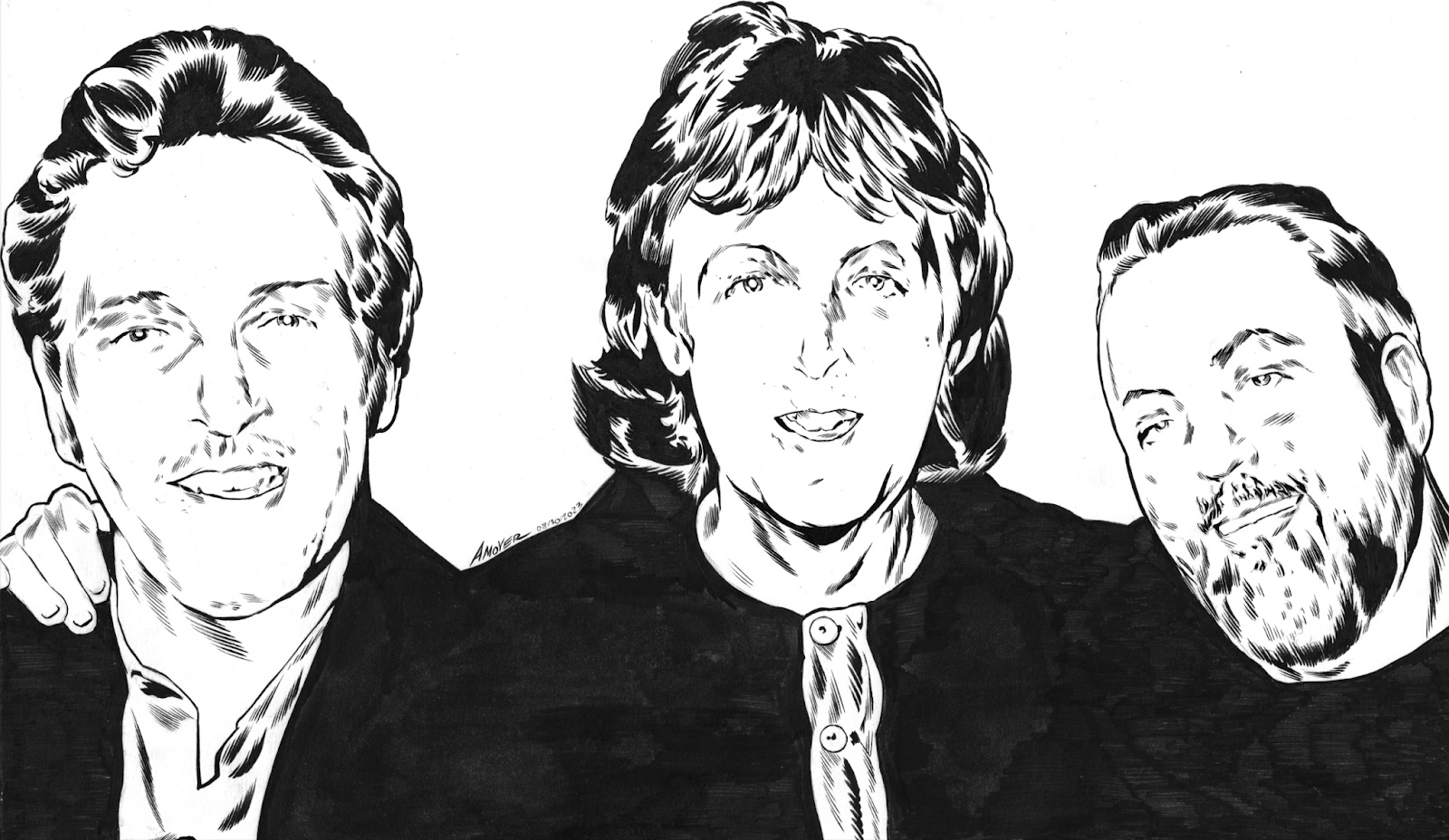
It’s taken nearly two decades to reconcile the Legend with the slender, vacant-looking local who ate at Federici’s down the street.
My family attended an E-Street gig a week before I was born. As soon as I could sit up in a stroller, I was wheeled to a promo spot for “The Rising” in Asbury Park, among the first songs I can remember hearing. “Waiting on a Sunny Day” was my grandpa’s anthem when my uncle underwent an emergency lung transplant, and when Clarence Clemons passed in 2011 it was treated as a genuine death in the family.
Springsteen has worn many faces: the Dylan clone of the early ’70s, the beach cowboy of Born to Run, the jingoistic parody of Born in the USA, the morose loner accompanied by a drum machine on Nebraska, the ill-advised soul patch years. These days, he’s settled into the role of elder rock statesman and overt advocate for social change, calling Black Lives Matter a movement of “tremendous hope.” This version of Bruce has garnered the ire of some Jersey locals who never really read the lyrics to “Born in the USA. He’s also the version I fell in love with and now champion as a bona fide local genius.
Bruce is a perfectionist and, from what I can glean, an extremely demanding bandleader. He jettisoned his entire band for nearly a decade in the mid-80s before reuniting them for good at his Rock Hall induction. His working class facade is a poetic construct modeled after his father, a genuine Irish factory man, and the yarns he spins for Springsteen on Broadway have been carefully workshopped for decades. However, his body of work and ability to lead a band and an audience are indelible. His artistic instincts are labored but the result is undeniable. You hear it in the roar of the crowd, “Bruuuuuuuuuuce…”
The tailgate begins under unexceptional circumstances. I’m accompanied by my parents, and we all amble in the 90 degree sun, as snatches of conversation flit by- “I first saw him in Rochester in ‘81, but weren’t you at the show in December 1980? God, that dates us. But then, we are fuckin’ old.” Millennials set up games of cornhole and narrowly miss passing cars; Gen X is grillin’, baby. A longtime fan, Paul, has seen Bruce 104 times but says tonight is his seventh and last show for this tour. “The setlist just isn’t varied enough.” I nurse a red wine as the massive jets from Newark cut through a cloudless sky. Four different Springsteen CDs drown each other out in a caravan cacophony.
The exodus swells and I don’t breathe the entire stretch into the stadium. Finding my seat among the throng of thousands, I’m greeted by a couple immediately to my left who assuage my internal panic. They greet me with smiles and tales of being the only Springsteen fan in their hometown. “My mom was a pianist and jazz saxophonist, and I was the only one of my friends who liked Black R&B. Born to Run came out when I was a sophomore; if he plays ‘Thunder Road,’ it’ll make my life.”
Musician and host of the hilarious “What Makes This Song Stink” series Pat Finnerty recently issued a plea to the Boss: Stop turning on the house lights.
It is undeniable: Bruce is 73, and his audience and band aren’t much younger.
His setlist is just as physically demanding for the players as it is of an audience who can scarcely sit for the opening salvo suite of “Lonesome Day”/”Night”/”No Surrender.” Attending a Bruce gig at this juncture reminds me of my father occasionally taking us to church; I mumble through the intricate verses and blare out the choruses. I’d consider myself an enthusiast of the Born to Run album, but I still miss about ⅓ of “She’s The One.” He invokes fire and brimstone when he wails, “Can you feel the sprit? Can you feeeel the SPIRIT?” before launching into “Spirit in the Night.”
The tension and release of the set is controlled deliberately, front loaded with weighty, pensive ruminations and a lengthy jam on “Kitty’s Back.” The first respite comes in the form of “Last Man Standing,” a eulogy for the departed members of Springsteen’s teenage band, the Castiles. Invoking the cadence of Springsteen on Broadway, Bruce mans the stage alone with an acoustic guitar, and I notice the persistent din of twenty-somethings conversing in the row behind me. Two rows down, a young audience member makes a “pipe down” signal. It’s halfway through the next tune, “Backstreets,” mid-monologue recounting saving polaroids and deathbed confessions before he works up the nerve to say, “Yo, guys! There’s 50 thousand people here and y’all are the only one’s talkin’, please.” There’s an awkward silence. Suddenly, a look of recognition: “Yooooo, is that YOU GUYS? My bad, bro!”
No one fights at a Bruce show. The closest thing is a man wearing an “Italian Lives Matter” shirt shouting at someone pressed against the barricade on the way out.
Much like McCartney, Springsteen is an understated literary enthusiast, and casts his bandmates as heroes of folklore. The band of E-Street troubadours has been expanded to nineteen, though tonight Patti Scialfa is absent. Much like Linda McCartney, Scialfa lends a warmth in her backing vocal tone that is missed. The absence of “Big Man” Clemons is always felt, and his nephew Jake does a wonderful job of filling his massive shoes. Little Steven Van Zandt has been the resident ‘Good Vibes’ Rock Consiglieri since long before his stint as Sil in the Sopranos, and I owe him a personal debt of gratitude. After a hairy 4am car crash on the turnpike following a night of gigging in NYC, I was towed to a rest area where the first thing I saw was a massive image of Van Zandt adorning a pillar. At that moment, I knew everything was okay.
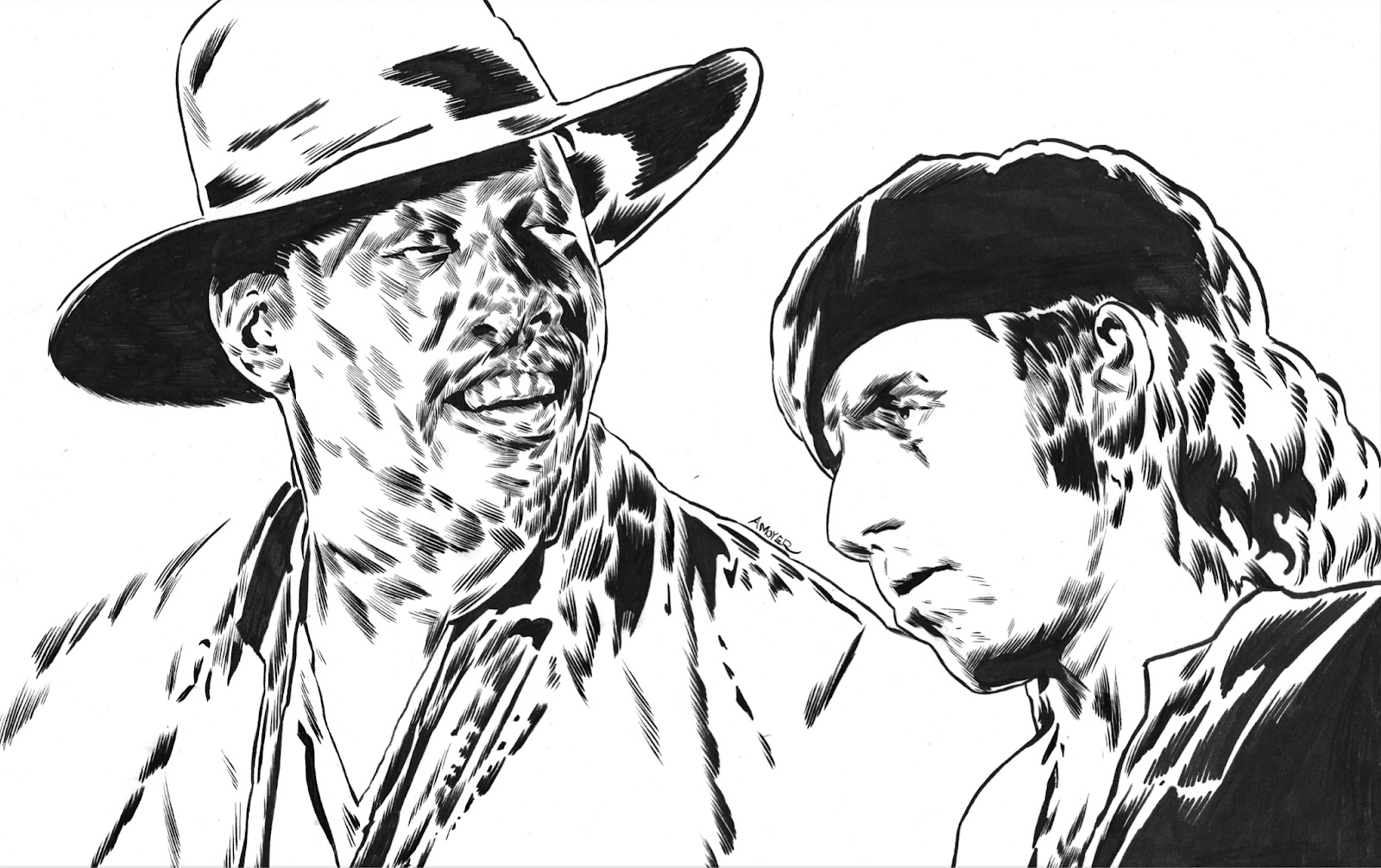
Both Van Zandt and Garry Tallent get solo guitar showcases, as does Professor Roy Bittan on the keys. The “E Street choir,” comprised of Lisa Lowell, Michelle Moore, Curtis King and Ada Dyer, flesh out the rock sermon as the crowd swells to choruses destined for stadiums. The unmistakable champion of the evening, however, is the Mighty Max Weinberg. The former Conan bandleader picks up heat and only grows more metronomic and steadfast as the evening progresses.
There’s a rumbling throughout the evening. “Will he play it, is he gonna play it?” When the unmistakable violin intro cuts through, shit is about to go down: He’s doin’ “Jungleland.” The culmination of everything he set out to prove in 1975, the eight-minute epic capped by a saxophone coda that can send spirits skyward. As Bruce screams that unmistakable scream with the same ferocity of his youth, I see his own paradox in the poetry of his twenties.
Outside the street’s on fire in a real Death Waltz
Between what’s flesh and what’s fantasy
and the poets out here don’t do nothin’ at all
they just stand back and let it all be
Impossibly, the set continues for six more numbers, including a medley of the Detroit soul hits my seat neighbor loved in his youth and a montage of late E-Streeters Clemons and Danny Federici set to “Tenth Avenue Freeze-Out.” But I gave my voice until it croaked, as the Boss demands. He could never stand back and let it all be, as he may try to in the suburbs of my childhood. The flesh is eclipsed by a collective vision, as Bruce tears open his shirt like Superman and roars to a sea of believers. The E Street band takes its bows, having emptied their tank for a crowd gathered from all over the world to share in a collective dream.
And in the quick of night
they reach for their moment
And try to make an honest stand
But they wind up wounded
Not even dead
Tonight
In
Jungleland.

— —
Aidan Moyer is a Philadelphia-based freelance writer, illustrator music historian, and graduate of Pratt Institute. He spends time in Brooklyn as a backing vocalist and drummer in a garage band, and is currently illustrating a graphic novel history of Paul McCartney and Wings.” Illustration Instagram: @mccartneyartist // TikTok: @aidanmoyer // Email: aidanmoyer99@gmail.com
— —
:: connect with Bruce Springsteen here ::
— — — —
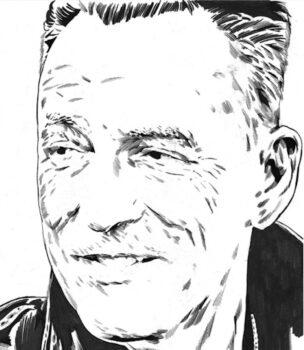
Connect to Bruce Springsteen on
Facebook, Twitter, Instagram
Discover new music on Atwood Magazine
© Aidan Moyer
:: Stream Bruce Springsteen ::


 © Aidan Moyer
© Aidan Moyer
